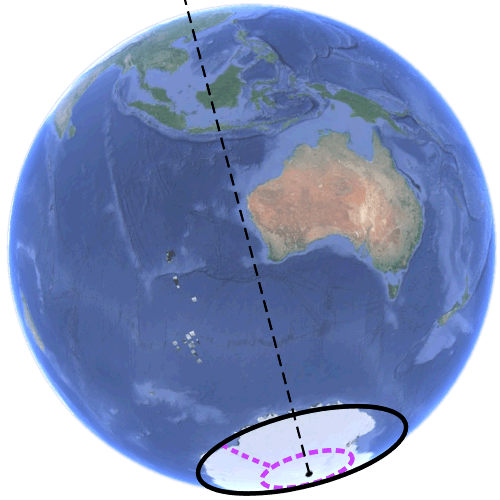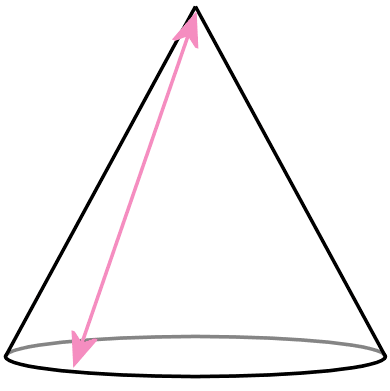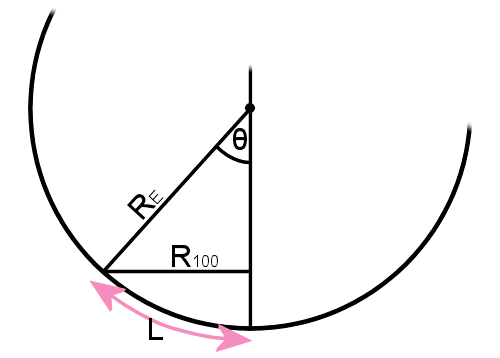Answer to Puzzle #42: 100 miles South, East & North - Back Where You Started
42. You are at a point on the Earth. You travel South 100 miles, East 100 Miles and North 100 Miles. You arrive back where you started. Where are you? You are NOT at the North Pole.
I went out looking for some puzzles and found this. I think we've all heard it many times before and the answer has always been the North Pole. That there was another answer blew my mind.
 Before reading the answer can I interest you in a clue?
Before reading the answer can I interest you in a clue?The answer is indicated in the diagram. We are anywhere on the black circle. And our path will look something like the purple dotted line.
So where are we?
We start 100 miles North of a line of latitude whose entire length is 100 miles. We will travel South 100 miles, travel East 100 miles circling the South Pole completely, then travel back North 100 miles to finish where we began. And that is a good answer.So where are we exactly
In order that we may travel an orbit of the south pole we must start 100 miles north of a position that when we travel East 100 miles we will arrive back where we started. We know the circumference or a circle is related to it's radius by R=C/2π and we are interested in the radius associated with a circle of circumfernce 100 miles. Which give us a radius of 15.915494miles and we start 100 miles North of that so 115.915494miles North of the South Pole.And that too is a good answer. But it's only approximate.
What was wrong with the last answer?
Well it sort of assumes the earth is flat! Consider the following diagram:
If the pink line were 15.9miles the circle at the bottom would not be 100 miles, it would be less. As we move away from the pole the surface has narrowed. And we need to take account of that. In order that the circle be 100 miles we would have to be a lot further away from the 'Pole'.
So where are we really?
There's going to be some trigonometry here. Consider the diagram below:
So we have a final answer of 115.915537 miles North of the South Pole.
So where are we really really?
Only joking. The last answer is correct. Our first approximate answer differs only slightly from the accurate answer. We have to move only 7cm further from the pole. But that is because the earth doesn't curve much in the short distance we are talking about. If we were concerned with 1000 miles or a smaller planet the distinction would become apparent.Is that it?
Nearly. There is nothing specifically in the question to stop us walking around the South Pole more than once. We could go twice around the Pole. 5 times. Any complete integer. We could start 100 miles north from any series of concentric circles of circumference 100/2, 100/3... ...100/n, so long as the pole-orbit returns to where it started. I don't like that solution. It is inelegant.I don't know what it is about this puzzle that makes it so hard for AI to solve. But neither of them could manage this.
If you're curious what Bard made of this puzzle...
If you're curious what ChatGPT made of this puzzle...
© Nigel Coldwell 2004 - – The questions on this site may be reproduced without further permission, I do not claim copyright over them. The answers are mine and may not be reproduced without my expressed prior consent. Please inquire using the link at the top of the page. Secure version of this page.



